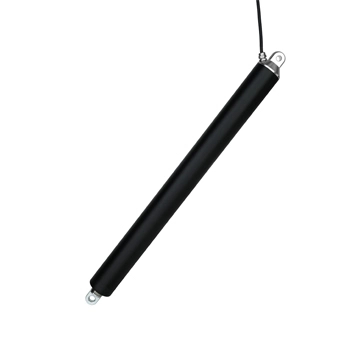Actuators are the engines of automation, responsible for creating movement in machines and equipment across various industries. When choosing an actuator, you’ll encounter three main types: hydraulic, pneumatic, and electric. Each has its own strengths, suited for different tasks, speeds, and force requirements. In this article, we’ll break down the core differences between these actuator types so you can choose the best fit for your application.
What is an Actuator?
Understanding Actuators and Their Function
An actuator is a device that converts energy into motion. This motion could be linear (straight) or rotary, depending on the type and purpose of the actuator. Actuators are essential in automating processes, allowing machines to perform tasks without direct human intervention.
Common Applications of Actuators
Actuators are everywhere—in factories, vehicles, robotics, and even household appliances. You’ll find them in automotive engines, conveyor belts, robotic arms, and more. Actuators essentially bring machines to life by enabling movement and force.
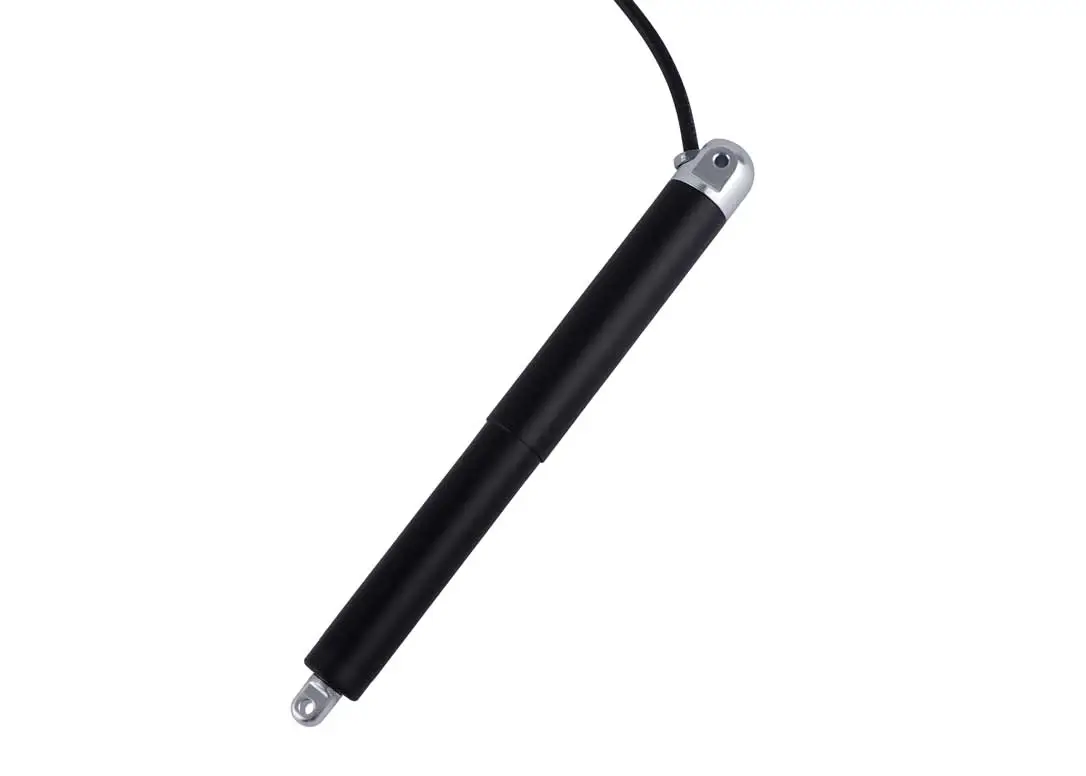
The Basics of Hydraulic, Pneumatic, and Electric Actuators
Overview of Hydraulic Actuators
Hydraulic actuators rely on pressurized liquid (usually oil) to create movement. They’re known for their high force output, making them ideal for heavy-duty applications like construction and manufacturing machinery. Due to their power, hydraulic actuators are often chosen for tasks requiring heavy lifting or extreme force.
Overview of Pneumatic Actuators
Pneumatic actuators use compressed air to generate motion. Lightweight and quick, they are well-suited for applications where speed and simplicity are needed, such as in packaging, food processing, and light manufacturing. While they don’t offer as much force as hydraulic actuators, their speed and reliability make them popular in many industries.
Overview of Electric Actuators
Electric actuators operate through an electric motor, translating electrical energy into mechanical motion. Known for their precision, electric actuators are widely used in robotics, aerospace, and automated manufacturing. They provide accurate control over movement, making them perfect for applications where precision is crucial.
Comparing Hydraulic, Pneumatic, and Electric Actuators
Power and Force Output
Hydraulic actuators shine in terms of force and power, delivering high outputs that are hard to match. They’re perfect for tasks that require heavy lifting or constant force. Pneumatic actuators have moderate force capabilities, while electric actuators are limited in power but excel in precision and control.
Speed and Responsiveness
If speed is a priority, pneumatic actuators are usually the fastest, thanks to the quick compression and release of air. Electric actuators offer moderate speed, and hydraulic actuators, while powerful, can be slower due to the need for fluid pressure buildup.
Precision and Control
Electric actuators are the go-to choice for precision applications. They allow exact control over speed, position, and force, which is crucial in industries like robotics and automated manufacturing. Hydraulic actuators offer decent control, but pneumatic actuators, being air-driven, provide less precision.
Maintenance and Durability
Hydraulic actuators require regular maintenance, especially since they can develop leaks over time. Pneumatic actuators are relatively low-maintenance but need a consistent air supply. Electric actuators, with fewer moving parts, are often the most durable and require minimal upkeep.
Energy Efficiency
Electric actuators lead in energy efficiency since they only consume power when in operation. Pneumatic actuators can be energy-intensive, especially if there’s a need to maintain continuous air pressure. Hydraulic actuators are generally less energy-efficient, as they rely on constant fluid pressure.
Cost and Installation
Electric actuators, though initially costly, are often easier to install and cheaper in the long run due to low maintenance. Pneumatic actuators have lower upfront costs but require an air supply infrastructure. Hydraulic actuators can be expensive upfront and costly to maintain.
| Feature | Hydraulic Actuator | Pneumatic Actuator | Electric Actuator |
| Power Source | Hydraulic fluid | Compressed air | Electricity |
| Force/Torque | High force/torque | Moderate force/torque | Moderate to high force/torque |
| Speed | Moderate to high speed | High speed | Moderate speed |
| Precision | Moderate precision | Moderate precision | High precision |
| Efficiency | High efficiency | Moderate efficiency | High efficiency |
| Maintenance | High maintenance (fluid leaks, pump wear) | Moderate maintenance (air leaks, valve wear) | Low maintenance (electrical components) |
| Environmental Impact | Potential for fluid leaks and spills | Potential for air leaks and noise pollution | Minimal environmental impact |
| Cost | High initial cost, moderate operating cost | Low initial cost, moderate operating cost | Moderate initial cost, low operating cost |
| Safety | Potential for high-pressure hazards | Potential for noise and air leaks | Low safety risk |
| Common Applications | Heavy machinery, construction equipment, aerospace | Manufacturing, automotive industry, packaging | Robotics, automation, medical devices |
Pros and Cons of Hydraulic Actuators
Advantages of Hydraulic Actuators
Disadvantages of Hydraulic Actuators
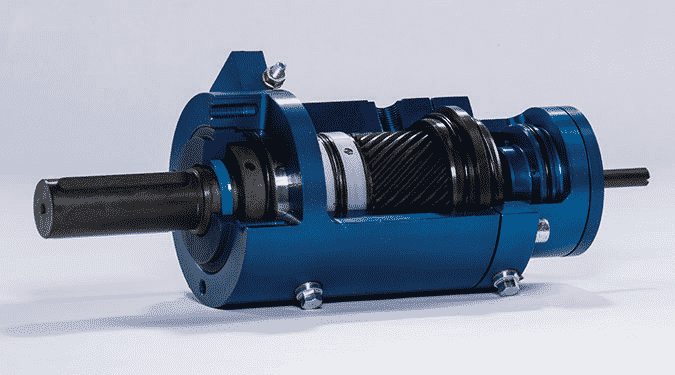
Pros and Cons of Pneumatic Actuators
Advantages of Pneumatic Actuators
Fast and Lightweight – Ideal for high-speed applications.
Cost-Effective – More affordable, particularly for moderate force needs.
Disadvantages of Pneumatic Actuators
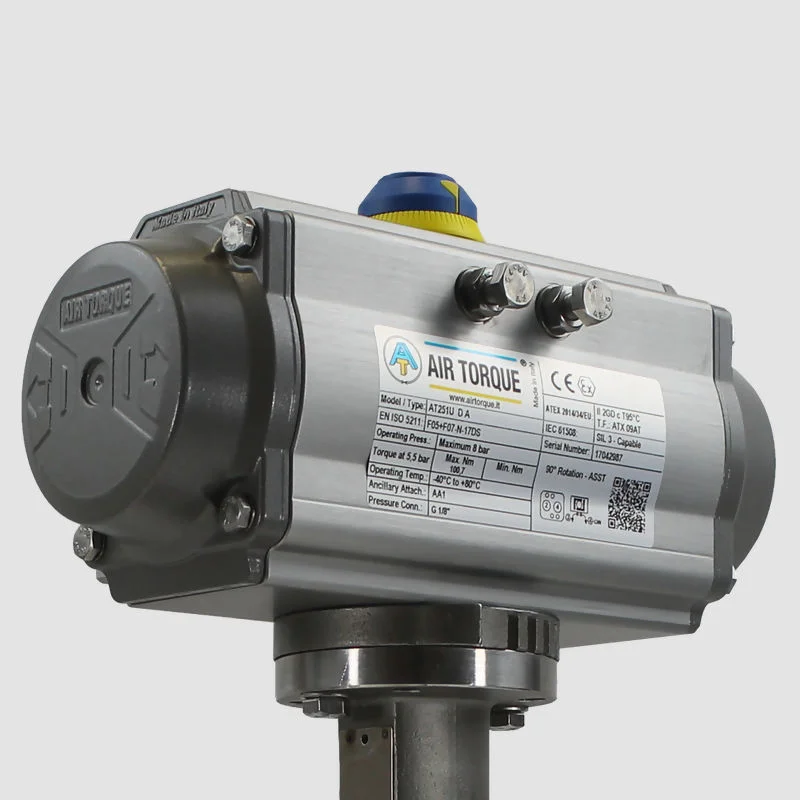
Pros and Cons of Electric Actuators
Advantages of Electric Actuators
Precision Control – Perfect for applications that need exact positioning.
Low Maintenance – Fewer parts, leading to longer lifespans and lower upkeep costs.
Disadvantages of Electric Actuators
Limited Power Output – Not suitable for heavy-force applications.
Higher Initial Cost – More expensive to install, though cost-effective over time.
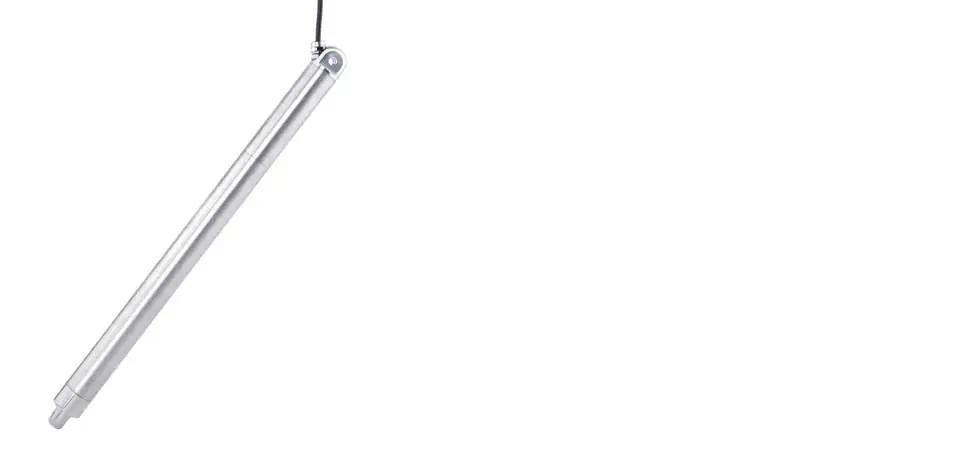
How to Choose the Right Actuator for Your Application
Assessing Power and Load Requirements
Consider the power and load your application demands. If heavy lifting is required, hydraulic actuators are ideal. For lighter tasks with a need for speed, pneumatic actuators work well, while electric actuators suit applications requiring precision.
Environmental and Safety Factors
Hydraulic actuators are more suited for rugged, outdoor applications, while electric actuators thrive in controlled indoor environments. Pneumatic actuators are versatile but need stable air pressure and are safe for many applications.
Budget and Long-Term Costs
Though hydraulic actuators are costly upfront, they’re durable. Pneumatic actuators are economical but need a compressed air setup. Electric actuators, though initially pricey, offer low long-term costs due to minimal maintenance.
Practical Applications of Hydraulic, Pneumatic, and Electric Actuators
Popular Uses for Hydraulic Actuators
Heavy machinery, such as excavators and forklifts, relies on hydraulic actuators for their high force output.
Common Uses for Pneumatic Actuators
Industries needing quick, repetitive actions, like packaging, benefit from pneumatic actuators.
Applications for Electric Actuators
Precision-based sectors like aerospace and medical devices commonly use electric actuators.
Conclusion
Choosing the right actuator is essential for optimizing performance and efficiency in any application. Hydraulic actuators provide power for heavy-duty tasks, pneumatic actuators offer speed and simplicity, and electric actuators deliver precision. By considering factors like force, control, speed, and budget, you can select the best actuator for your needs.
 DDTG-16 Micro Tubular Linear Actuator
DDTG-16 Micro Tubular Linear Actuator
 DDTG-28 Micro Tubular Linear Actuator
DDTG-28 Micro Tubular Linear Actuator
 DDTG-38 Micro Tubular Linear Actuator
DDTG-38 Micro Tubular Linear Actuator





